What is SEO?
SEO (Search Engine Optimization) is the practice of enhancing a website to increase its visibility for relevant searches. The better visibility your pages have in search results, the more likely you are to garner attention and attract prospective and existing customers to your business.
Why is SEO Important?
SEO is crucial because it helps search engines understand your content, making it more likely to be shown to users searching for related information. Effective SEO can lead to increased traffic, higher brand awareness, and ultimately, more sales and conversions.
What is On-Page SEO (On-Site SEO)?
It refers to the practice of optimizing individual web pages to rank higher and earn more relevant traffic in search engines. This involves both the content and HTML source code of a page, as opposed to off-page SEO, which involves links and other external signals.
Important Factors of On-page SEO:
1. Title Tags
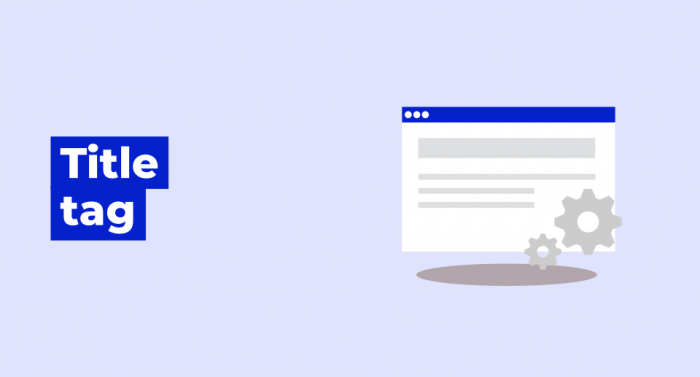
Title tags are HTML elements that specify the title of a web page. They are displayed on search engine results pages (SERPs) as the clickable headline for a given result and are important for usability, SEO, and social sharing.
How to Use title Tags:
- E-commerce Sites: Use title tags to highlight product names and unique selling points (e.g., "Buy iPhone 13 - Free Shipping - Best Price").
- Blogs: Use title tags to include the main keyword and make the title compelling (e.g., "10 Tips for Effective On-Page SEO").
- Local Businesses: Include location in title tags to target local searchers (e.g., "Best Pizza in New York - Joe's Pizza").
Practical Application and Results:
Example: Changing the title tag from "Home" to "Affordable Men's Clothing Online - Shop Now | BrandName" can increase click-through rates (CTR) and drive more traffic to an online store.
Result: A well-optimized title tag can lead to a significant increase in organic traffic and improved search engine rankings.
2. Meta Descriptions
Meta descriptions are brief summaries of a page’s content that appear beneath the title tag on SERPs. Although not a direct ranking factor, they influence click-through rates.
How to Write Meta Descriptions:
- Service Pages: Summarize services and include a call to action (e.g., "Expert Web Development Services. Contact Us for a Free Consultation!").
- Product Pages: Highlight key features and benefits (e.g., "High-Quality Leather Wallets. Free Shipping on Orders Over $50. Shop Now!").
Practical Application and Results:
- Example: Updating a meta description from "Welcome to our site" to "Discover Our Range of Eco-Friendly Products. Free Shipping & Returns. Shop Now!" can attract more clicks.
- Result: Improved meta descriptions can enhance CTR, resulting in more traffic and potentially higher conversions.
3. Headings (H1, H2, H3, etc.)
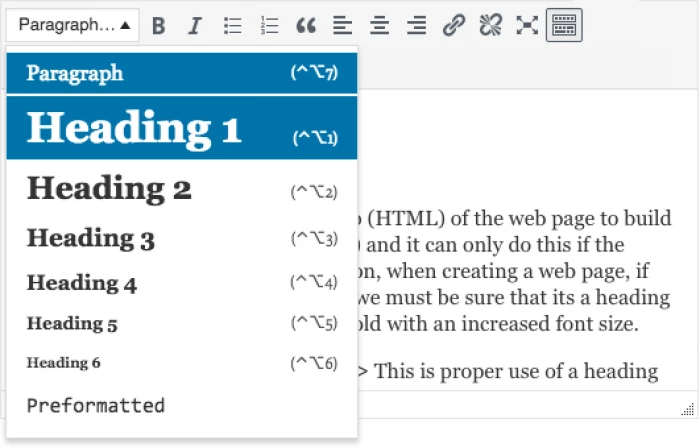
Headings help structure content, making it easier for search engines and users to understand the hierarchy of information. They should include relevant keywords.
How to Position Headings:
- Blog Posts: Use H1 for the main title, H2 for subheadings, and H3 for further divisions within sections.
- Product Pages: H1 for the product name, H2 for features, specifications, and reviews.
Practical Application and Results:
- Example: Structuring a blog post with clear H2 and H3 tags improves readability and SEO (e.g., "How to Improve SEO" with H2 tags for "On-Page SEO," "Off-Page SEO," etc.).
- Result: Proper heading structure enhances user experience and can lead to better search engine rankings.
4. URL Structure
SEO-friendly URLs are short, descriptive, and include keywords. They help search engines understand the content of a page and improve user experience.
How to create URL Structure:
- Blog Posts: Use clear, concise URLs (e.g., "www.example.com/seo-tips ").
- Product Pages: Include product names and categories (e.g., "www.example.com/mens/shoes/running-shoes ").
Practical Application and Results:
- Example: Changing a URL from "www.example.com/page?id=123 " to "www.example.com/seo-best-practices " can improve search engine rankings and CTR.
- Result: Optimized URLs can lead to higher rankings and more organic traffic.
5. Content Quality
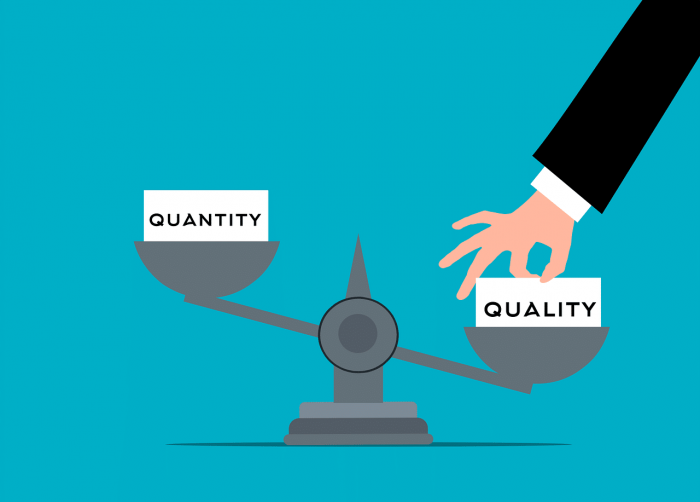
High-quality content is original, informative, and engaging. It should provide value to the reader and be optimized for relevant keywords.
How to increase Content Quality:
- Blogs: In-depth articles that answer common questions and provide valuable insights.
- Product Pages: Detailed descriptions, user reviews, and high-quality images.
Practical Application and Results:
- Example: Writing a comprehensive guide on "How to Improve On-Page SEO" that includes examples, case studies, and actionable tips.
- Result: High-quality content can attract more backlinks, improve user engagement, and boost search engine rankings.
6. Keyword Usage
Keywords should be used naturally throughout the content, including in the title, headings, and body text. Avoid keyword stuffing.
How to Use Keyword :
- Blogs: Use primary and secondary keywords throughout the article.
- Service Pages: Include keywords in descriptions of services offered.
Practical Application and Results:
- Example: Optimizing a page for the keyword "best digital marketing tools" by including it in the title, headings, and throughout the content.
- Result: Proper keyword usage can improve relevance and search engine rankings.
7. Internal Linking

Internal links connect different pages on the same website. They help search engines understand the site structure and distribute link equity.
How to Perform Internal Linking:
- Blogs: Link to related articles and resources within the same site.
- E-commerce Sites: Link to related products, categories, and blog posts.
Practical Application and Results:
- Example: Adding internal links to a blog post about "SEO Strategies" that point to related articles on "Keyword Research" and "Link Building."
- Result: Improved site navigation, user engagement, and distribution of link equity, potentially boosting rankings.
8. Image Optimization
Images should be relevant, high-quality, and optimized with descriptive file names, alt text, and captions.
How to Optimise Images:
- Blogs: Use images to break up text and illustrate points.
- Product Pages: High-quality images with detailed alt text describing the product.
Practical Application and Results:
- Example: Optimizing an image of a running shoe with the file name "running-shoe.jpg" and alt text "Men's Running Shoe."
- Result: Improved image search rankings and better accessibility for visually impaired users.
9. Mobile-Friendliness

A mobile-friendly website is essential for SEO. Responsive design ensures a site looks good and functions well on all devices.
How to Increase Mobile-Friendliness:
- E-commerce Sites: Ensure product pages are easy to navigate and purchase from on mobile devices.
- Blogs: Use responsive design to make articles readable on smartphones and tablets.
Practical Application and Results:
- Example: Implementing a responsive design for a blog to improve readability and usability on mobile devices.
- Result: Improved user experience, lower bounce rates, and better search engine rankings.
10. Page Load Speed
Fast page load times are critical for user experience and SEO. Optimize images, use caching, and minimize JavaScript and CSS.
How to Increase Page Load Speed:
- Blogs: Compress images and use a content delivery network (CDN).
- E-commerce Sites: Optimize product images and use lazy loading.
Practical Application and Results:
- Example: Reducing page load time from 5 seconds to 2 seconds by optimizing images and using a CDN.
- Result: Improved user experience, lower bounce rates, and higher search engine rankings.
11. User Experience (UX)

A good UX ensures visitors can easily navigate your site and find the information they need. It reduces bounce rates and increases dwell time.
How to Elevate User Experience:
- Blogs: Clear navigation, readable fonts, and engaging visuals.
- E-commerce Sites: Easy-to-use menus, search functionality, and simple checkout processes.
Practical Application and Results:
- Example: Redesigning a website to improve navigation and readability, resulting in lower bounce rates and longer average session durations.
- Result: Enhanced user satisfaction and potentially better search engine rankings.
12. Schema Markup
Schema markup is a type of structured data that helps search engines understand the content of your site. It can enhance search results with rich snippets.
How to Create Schema Markup:
- Product Pages: Use schema to display product ratings, prices, and availability in SERPs.
- Event Pages: Use schema to display event dates, locations, and ticket prices.
Practical Application and Results:
- Example: Adding schema markup to a recipe page to display cooking time, ingredients, and ratings in search results.
- Result: Enhanced visibility and higher CTR in search results.
13. Social Sharing Integration

Social sharing buttons make it easy for visitors to share your content on social media, increasing its visibility and potential traffic.
How to Boost Social Sharing Integration:
- Blogs: Include social sharing buttons at the top or bottom of posts.
- Product Pages: Allow users to share product pages on social media.
Practical Application and Results:
- Example: Adding social sharing buttons to a blog post, resulting in increased social media shares and traffic.
- Result: Greater content visibility and potential for higher traffic and engagement.
14. Content Freshness
Regularly updating content keeps it relevant and can improve search engine rankings. Fresh content signals to search engines that your site is active and up-to-date.
How to Ensure Content Freshness:
- Blogs: Update old posts with new information and current data.
- Product Pages: Regularly update product descriptions and reviews.
Practical Application and Results:
- Example: Updating a 2018 blog post with new statistics and trends for 2024.
- Result: Improved search engine rankings and increased traffic from updated content
Let’s Try To Understand On-Page SEO Through a Campaign.
Hey, have you heard about Zapier's SEO success story? It's a great example of how a well-executed on-page SEO strategy can drive massive organic traffic. Let me break it down for you, and feel free to ask questions if anything's unclear!
The Situation
Zapier, a platform that connects different web applications, wanted to increase its organic traffic and improve its search engine rankings. They needed a solid strategy to make their content more visible and engaging to their target audience.
Key Strategies Used
1. Keyword Research and Content Creation
◦ Zapier started by identifying relevant keywords that their target audience was searching for. They focused on topics related to automation and integration, which are core to their service.
◦ They created high-quality, informative content around these keywords, ensuring it was valuable to their readers. For example, they wrote detailed guides on how to automate various tasks using different apps.
2. On-Page Optimization
◦ They optimized page titles, meta descriptions, and URLs to make them more search-engine-friendly. This included using primary keywords naturally within these elements.
◦ Structured data was added to their pages, which helped search engines understand the content better and display rich snippets in search results. This made their listings more attractive to users.
3. Regular Content Updates
◦ Zapier didn't just stop at creating new content; they regularly updated existing content to keep it fresh and relevant. This continuous improvement helped maintain and boost their rankings over time.
4. Internal Linking
◦ They implemented an effective internal linking strategy, connecting related articles and resources within their site. This not only improved navigation but also distributed link equity, enhancing the SEO value of their content.
The Results
- Traffic Increase: Zapier saw a significant increase in their organic traffic, boosting by 190%.
- Better Rankings: Their average search ranking improved by 8.2%, and their click-through rate (CTR) increased by 18.6%, indicating that their content was both engaging and relevant to their audience.
Why It Worked
The success of Zapier's SEO campaign can be attributed to several factors:
- Relevance: They focused on topics that were directly relevant to their audience's needs.
- Quality: High-quality, well-optimized content that provided real value.
- Consistency: Regular updates and improvements kept their content fresh and relevant.
- Technical Optimization: Proper use of structured data and internal linking enhanced their SEO efforts.
Frequently Asked Questions
1. What is the importance of title tags in on-page SEO?
◦ Title tags are crucial as they appear in search results and inform search engines about the page's content. They help improve click-through rates and rankings when optimized with relevant keywords.
2. How do meta descriptions influence click-through rates (CTR)?
◦ Meta descriptions provide a summary of the page content in search results. A compelling, keyword-rich meta description can attract more clicks, even though it’s not a direct ranking factor.
3. Why is it essential to use headings (H1, H2, H3) correctly in on-page SEO?
◦ Headings structure content for better readability and inform search engines about the hierarchy of information, helping them understand the page's main topics and relevance.
4. How does URL structure impact search engine visibility and user experience?
◦ SEO-friendly URLs are short, descriptive, and keyword-rich, improving search engine indexing and making it easier for users to understand and remember.
5. What are the best practices for creating high-quality content for SEO?
◦ Focus on original, informative, and engaging content that answers user queries. Use keywords naturally, maintain readability, and update content regularly to keep it relevant.
6. How can keyword usage affect the relevance and ranking of a web page?
◦ Proper keyword usage helps search engines understand the page’s topic. Overusing keywords (keyword stuffing) can harm rankings, so use them naturally in titles, headings, and body text.
7. What role does internal linking play in improving site navigation and SEO?
◦ Internal links help distribute link equity across the site, improve navigation, and signal the importance of pages to search engines, enhancing overall SEO.
8. Why is image optimization important for page load speed and SEO?
◦ Optimized images (compressed, descriptive file names, alt text) reduce load times, enhance user experience, and improve accessibility, positively impacting SEO.
9. How does mobile-friendliness contribute to on-page SEO success?
◦ Mobile-friendly sites provide a better user experience on mobile devices and are favored by search engines due to mobile-first indexing, improving rankings.
10. What techniques can be used to improve page load speed?
◦ Optimize images, use browser caching, minimize JavaScript and CSS, and use a content delivery network (CDN) to reduce load times and improve user experience.
11. How does a good user experience (UX) enhance on-page SEO?
◦ A good UX reduces bounce rates and increases dwell time, signaling to search engines that the content is valuable, which can improve rankings.
12. What is schema markup, and how does it benefit on-page SEO?
◦ Schema markup helps search engines understand the content’s context, enhancing SERP displays with rich snippets, which can improve visibility and click-through rates.
13. How can social sharing integration boost content visibility and traffic?
◦ Social sharing buttons encourage users to share content on social media, increasing its reach and driving more traffic to the site.
14. Why is it important to regularly update content for SEO purposes?
◦ Regularly updated content remains relevant and signals to search engines that the site is active, improving rankings and user engagement.
15. What are the benefits of securing a website with HTTPS for SEO?
◦ HTTPS ensures data security, builds user trust, and is a ranking signal for search engines, contributing to better SEO performance.
16. How can a website's content demonstrate expertise, authoritativeness, and trustworthiness (E-A-T)?
◦ Provide accurate, well-researched information, cite credible sources, and build author profiles to establish E-A-T, which improves trust and SEO.
17. What are the common pitfalls of keyword stuffing in on-page SEO?
◦ Keyword stuffing can lead to penalties from search engines as it reduces readability and appears manipulative, negatively impacting rankings.
18. How do structured data and rich snippets improve search engine results?
◦ Structured data helps search engines understand content better, enabling rich snippets that improve visibility and CTR in search results.
19. What are the key elements to check during an on-page SEO audit?
◦ Title tags, meta descriptions, headings, URL structure, content quality, keyword usage, internal links, image optimization, mobile-friendliness, and page load speed.
20. How can competitor analysis inform and improve your on-page SEO strategy?
◦ Analyzing competitors helps identify successful keywords, content strategies, and gaps in your own site, guiding improvements in your SEO efforts.
21. What is the impact of duplicate content on on-page SEO, and how can it be managed?
◦ Duplicate content confuses search engines, leading to lower rankings. Use canonical tags and ensure unique, valuable content.
22. How can the use of multimedia elements like videos and infographics enhance on-page SEO?
◦ Multimedia makes content more engaging, improving user experience and dwell time, which can positively influence rankings.
23. What is the significance of having a clear and concise call-to-action (CTA) on a web page?
◦ CTAs guide users towards desired actions, improving engagement and conversion rates, which are beneficial for overall site performance.
24. How does the inclusion of alt text for images improve accessibility and SEO?
◦ Alt text describes images to search engines and visually impaired users, enhancing accessibility and providing additional context for indexing.
25. What are the effects of auto-generated content on SEO, and how can it be avoided?
◦ Auto-generated content often lacks quality and relevance, leading to penalties. Focus on creating original, high-quality content to avoid negative impacts on SEO.

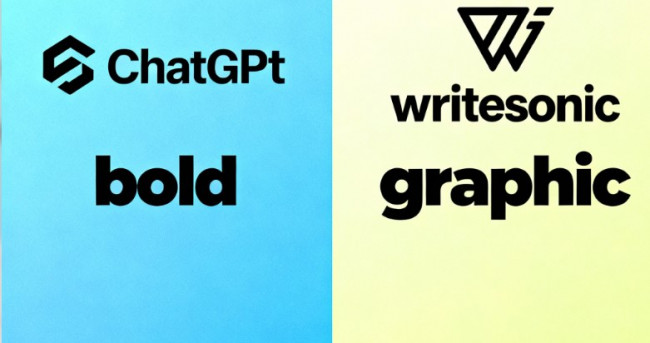
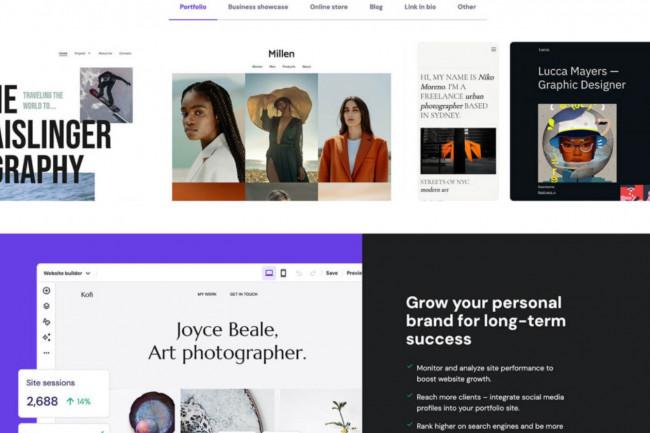
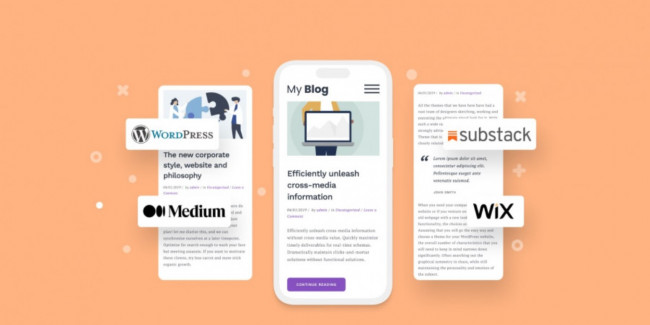
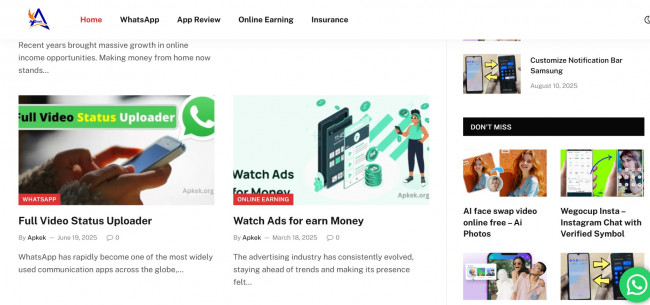

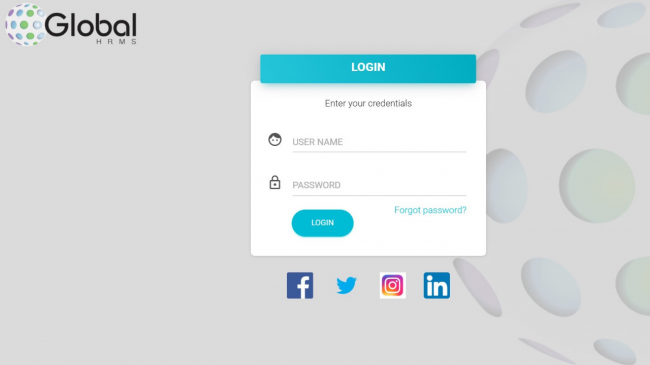
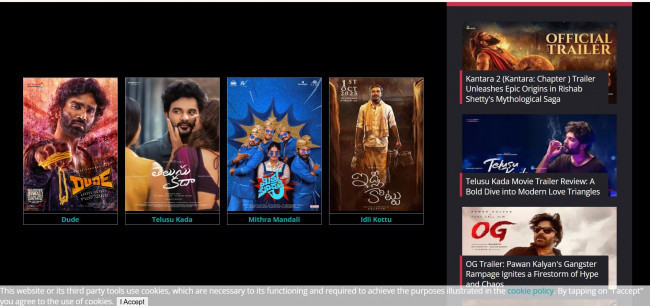


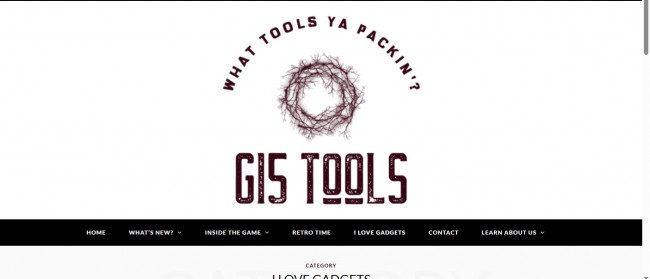
Comments